Methods used for determination of moisture in a sample
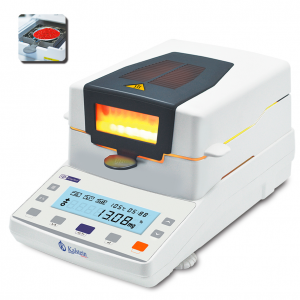
Humidity is a factor that can greatly influence the fluidity of a material, its compressibility, as well as its cohesiveness. This is vitally important in the agricultural, food, cosmetic, chemical and pharmaceutical industries, as excessive moisture can lead to abused and deteriorated products, as moisture content directly affects the processing capacity, shelf life, use and quality of a product.
Technical Recommendations for the Maintenance of an Ice Maker

The ice maker is a critical team in health centers and laboratories worldwide. It turns out to be a great ally for healthcare use. Hospitals, laboratories, and research centers generally must have ice-making equipment to preserve samples that must be kept at cold temperatures. For example, in trauma or physiotherapy units, they use ice as a method to deflame; they are also used to store organs when they require emergency transfer, and allow organ storage to reach their destination in perfect condition.
What is Spectrofluorometry?

Spectrofluorometry is the science that analyzes the fluorescence of a sample. This science, is applied by a device called Fluorometer, and is an instrument which measures and studies the properties of chemical compounds, with the purpose of deducing information on luminescent elements.
Treatment of jaundice in infants and neonatal phototherapy incubators

When a baby is born the first thing is to offer immediate care, in the case of a jaundiced newborn it is important to determine if it is a physiological jaundice or a pathological jaundice, when we are facing a mild jaundice almost always disappears without treatment between two or three weeks, but if on the contrary the baby presents a moderate or severe jaundice, our newborn should remain in the neonatology room or be hospitalized.
How does a phototherapy lamp incubator work?
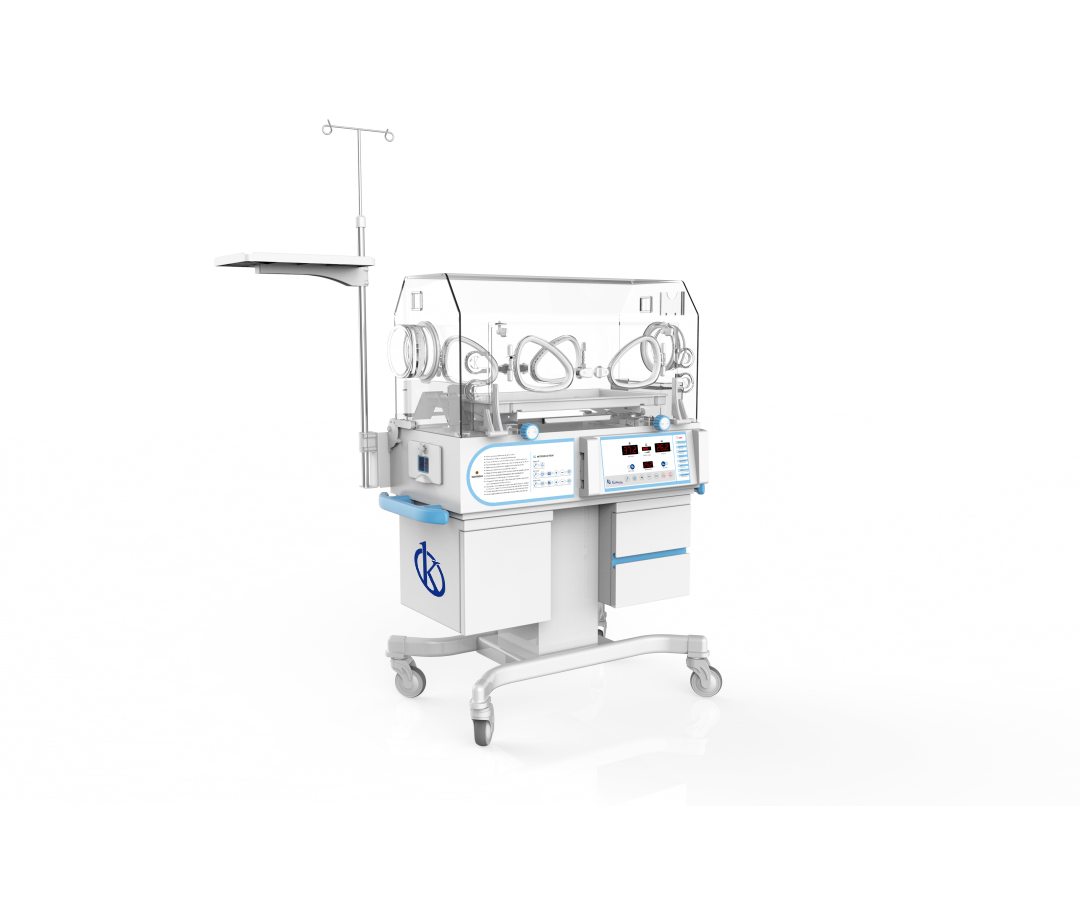
An incubator with phototherapy lamp is a specialized medical team that provides optimal conditions for the care of newborns who are not prepared for extra-uterine life, this type of incubators specializes in the treatment of hyperbilirubinemia in newborn patients who present jaundice.
Care and maintenance of a phototherapy incubator

Phototherapy incubators are medical equipment designed to manipulate the newborn without removing him from the incubator, allowing other actions involving: isolation, oxygen supply and monitoring of vital functions, as well as applying phototherapy, where light emitted by special lamps is used, to treat neonatal jaundice, and thus reduce the effects of neonatal hyperbilirubinemia.
Infant heater and infant incubator: what are their differences?
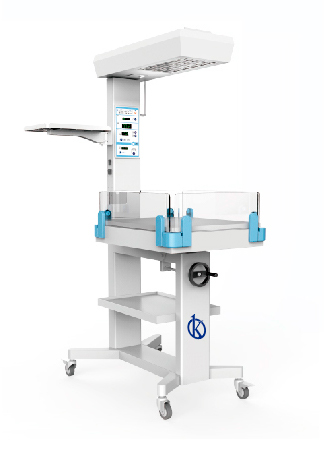
An infant warmer is specialized equipment used to provide newborns with a comfortable warming area that maintains their body temperature at 36 to 37 degrees, thus providing a warm and cozy environment that helps them maintain their body temperature.
Child phototherapy: can it bring complications?
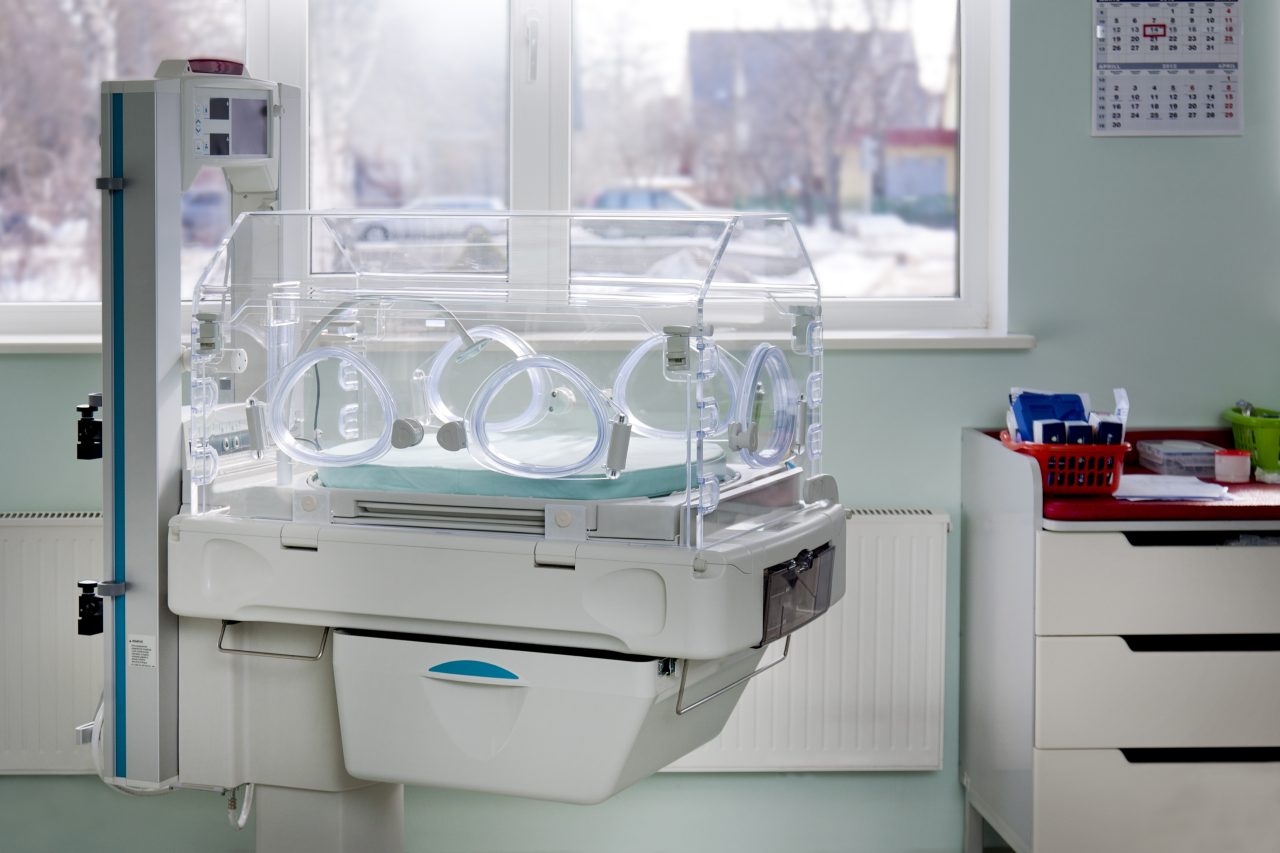
Although infant phototherapy treatment is the recommended solution when newborns present a severe jaundice, which can be caused by various specific situations, this treatment has some effects in patients, so it is essential the supervision of medical personnel, in order to assess and intervene before these possible complications.
Neo-Natal Incubator And Different Types Of Phototherapy
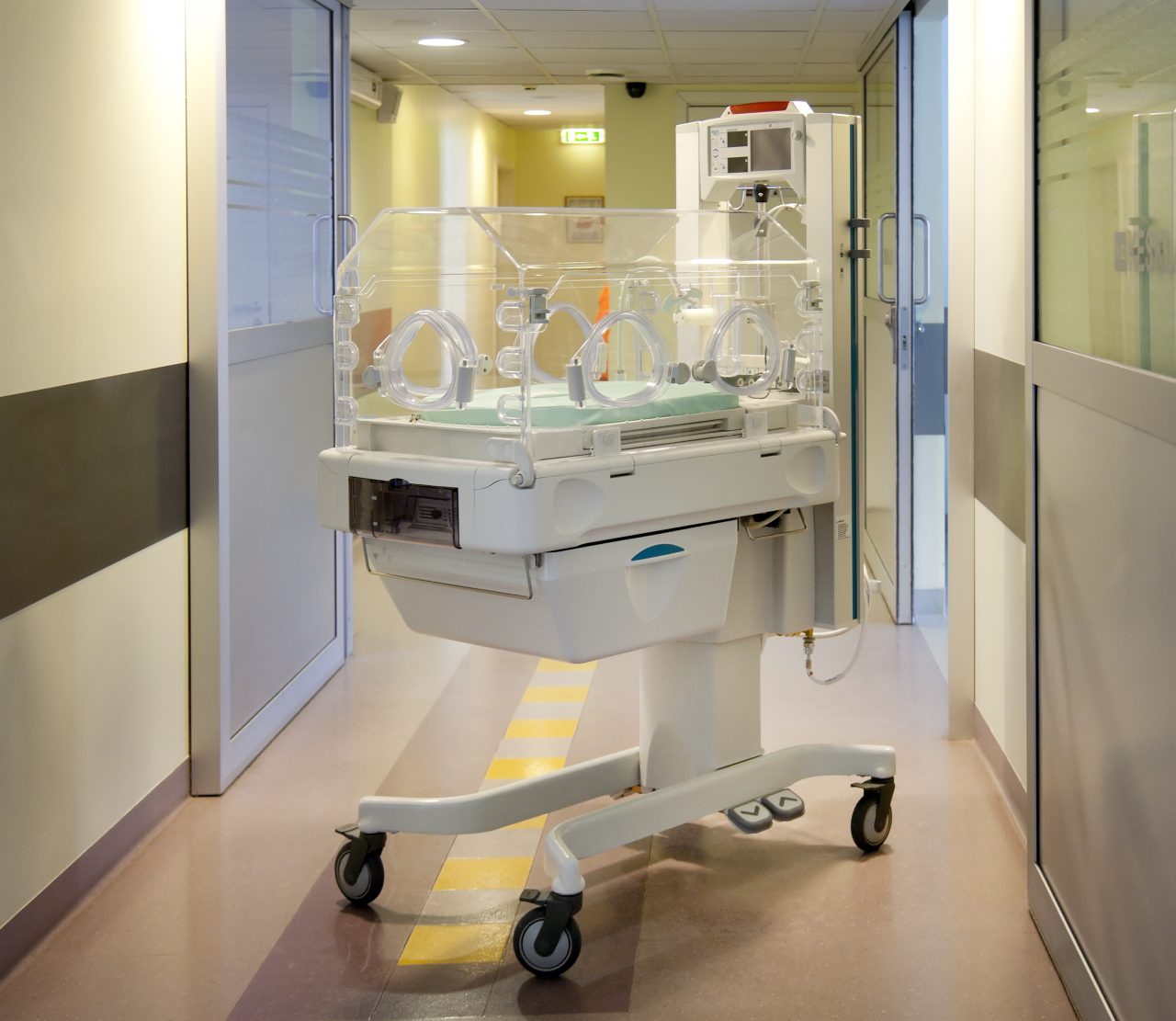
This type of device is intended to offer the full-term or premature newborn a warm and safe environment, where its vital signs can be monitored, to maintain a temperature that keeps it stable; in some cases when the blood of the baby and the mother are different, jaundice occurs in the newborn, needing special attention, through phototherapy, and all KALSTEIN incubators are conditioned for this.
Photo therapy incubators and neonatal jaundice

The phototherapy incubators are medical equipment used to provide a controlled environment to newborns, whether premature or full term, to undergo phototherapy, a therapeutic measure in which light emitted by special lamps is used to treat childhood jaundice, and thus reduce the effects of neonatal hyperbilirubinemia.
